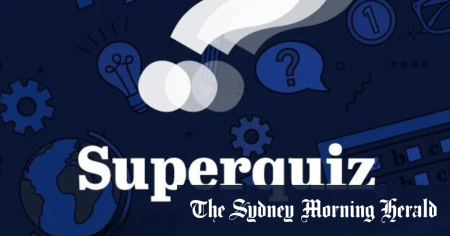This text snippet refers to a temporary unavailability of the “Superquiz” feature on January 13, 2025, with a message indicating efforts to restore its functionality. It also promotes a digital version of a word puzzle called “Target Time,” where players search for words within a nine-letter grid, aiming to find the designated “Target” word. Premium subscribers are directed to a link to access this game. The final line indicates a loading section for “Most Viewed in National,” suggesting this excerpt is taken from a news website.
Expanding on this core information, we can infer that “Superquiz” is likely another type of quiz or puzzle game offered by this news platform. The date and time stamp suggest it’s a daily feature, potentially appearing around midnight. The message acknowledging the service disruption aims to inform users of the temporary issue and assure them of ongoing work to resolve it. This transparent communication seeks to maintain user trust and manage expectations. The prompt to “Dismiss” likely refers to the error message itself, allowing users to close the notification and browse other content.
The promotion of “Target Time” within this context suggests it’s being presented as an alternative activity while “Superquiz” remains unavailable. The emphasis on features such as finding multiple words, tracking time, and sharing results highlights the game’s competitive and social elements, likely designed to engage users and encourage interaction. The distinction made between premium and non-premium subscribers implies a freemium model, where basic access might be available to all users, while premium subscribers enjoy exclusive features or an ad-free experience. This model allows wider access while providing an incentive for users to subscribe for enhanced benefits.
Further analysis suggests the snippet likely originates from the website or app of a national news publication. The “Most Viewed in National” section indicates a focus on national news coverage, suggesting a broad audience and a likely presence of other news categories, such as international, local, or specific topics like business, sports, or entertainment. The presence of different text size options caters to user accessibility needs, demonstrating a user-centered design approach.
The date of January 12, 2025, places this information in the future (relative to the knowledge cutoff date of my training). This implies the snippet is potentially from an archived webpage or a hypothetical example. Without further context, it’s difficult to determine the publication’s precise identity or the exact nature of “Superquiz.” However, the context strongly suggests a digital news platform with an emphasis on interactive content and a subscription-based revenue model.
The inclusion of “Target Time” likely serves multiple purposes. It offers an alternative form of engagement for users looking for puzzles or games, mitigating the potential frustration of the unavailable “Superquiz.” Simultaneously, it promotes the “Target Time” feature to a wider audience, potentially driving premium subscriptions. This dual-purpose approach addresses user needs while also pursuing business objectives. The prominence of the “Target Time” promotion alongside the “Superquiz” outage announcement indicates a strategic decision to capitalize on the existing user traffic and redirect it to a functional and engaging alternative.










